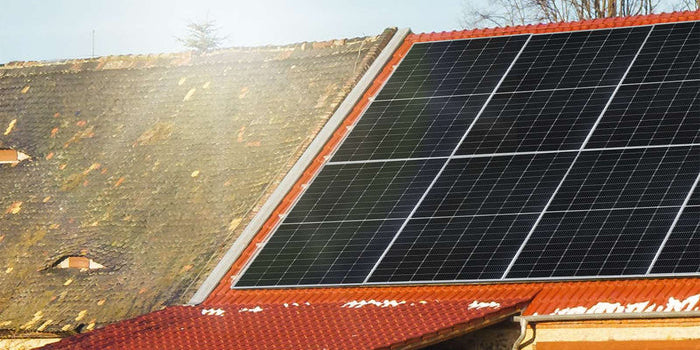Scientists in Palestine say that controlled tests show that bifacial solar panels produce 6.81% more electricity than monofacial PV modules.
A Palestinian-Jordanian research team has compared the performance of monofacial and bifacial PV modules under different scenarios. The researchers said in a recently published academic paper that on average, bifacial solar panels produce 6.81% more electricity than monofacial PV modules.
“This research emphasizes the significance of considering albedo values and system type during the design of solar PV systems in Palestine, offering valuable insights for future solar energy projects in the region,” the paper said.
The academics used PVsyst simulation software to conduct a series of tests on PV systems in the city of Nablus. They compared the performance of a monofacial installation with a capacity of 72.8 kW and the performance of a bifacial system with the same output. The systems were south-oriented and had a tilt angle of 28 degrees.
Their simulation considered surfaces made of black asphalt with 12% albedo, artificial green grass with 26% albedo, sand with 35% albedo, and white paint with 90% albedo.
“Each of these surfaces has a distinct albedo, which influences how much solar energy the panels can absorb,” the researchers said.
On average, the bifacial PV modules produced 143,737.75 kWh of electricity per year in simulations, while the monofacial panels produced 134,575.25 kWh – a 6.81% difference. The lowest yearly production of 132,877 kWh was achieved with monofacial solar on black asphalt, while the highest of 145,719 kWh was achieved with bifacial PV on white paint.
The researchers said that both systems suffered PV output losses due to higher temperatures.
“In monofacial modules, the PV loss due to temperature ranges from 10.87 % for black asphalt to 11.21% for white paint,” the researchers said. “In bifacial models, the PV loss due to temperature ranges from 9.28 % for black asphalt to 9.56 % for white paint.”
The scientists noted that the losses due to temperature were slightly lower in bifacial models than in monofacial modules.
“That could be due to the improved cooling effect of the additional exposed surface in the bifacial panel design,” they said.
They explained their findings in “A comparative simulation between monofacial and bifacial PV modules under Palestine conditions,” which was recently published in Solar Compass.
“The case study demonstrated that the use of white albedo values resulted in optimal performance for both system types, with the bifacial system surpassing the monofacial system in energy yield,” the researchers said.
The research team includes scientists from Palestine’s An-Najah National University and the German Jordanian University. They specifically focused on albedo levels and surface types.
To learn more about photovoltaic power generation, please follow SOLARPARTS official website:
Twitter: Solarparts Instagram: Solarparts
Tumblr: Solarparts Pinterest: Solarparts
Facebook: Shenzhen Solarparts Co., Ltd.
Email address: Philip@isolarparts.com
Homepage: www.isolarparts.com




